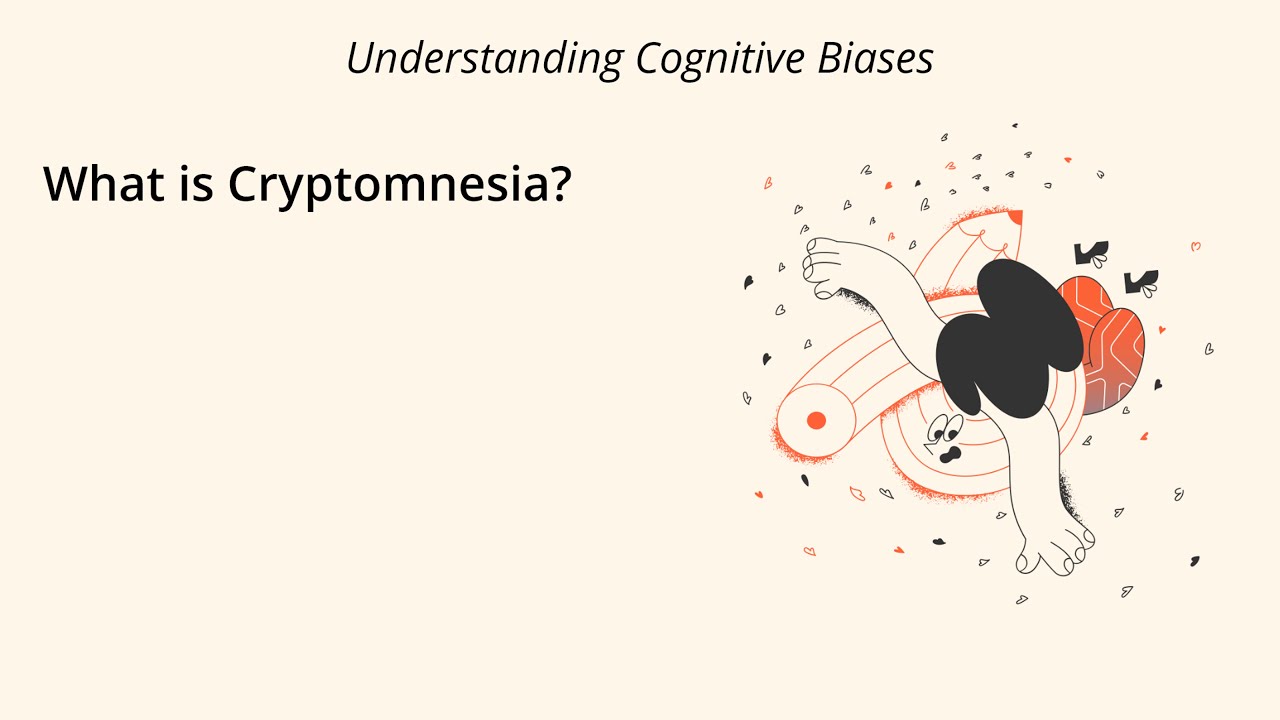Cryptomnesia: The Unconscious Plagiarism of Forgotten Memories
Cryptomnesia is a cognitive bias that occurs when a person believes they have come up with a new idea, concept, or creation, only to discover later that the idea is not original. Instead, it is a forgotten memory of something they encountered previously.
Examples of Cryptomnesia:
Song Lyrics: A songwriter believes they have penned a unique set of lyrics for a song, only to find out that they have unconsciously recycled lyrics from a song they heard years ago.
Inventions: An inventor creates a groundbreaking device, thinking they have developed an entirely new concept, but later learns that a similar invention existed long ago.
Scientific Discoveries: A scientist believes they have made a novel scientific breakthrough, only to discover that the concept was published in a forgotten paper they read during their studies.
Cryptomnesia in Action:
Imagine a writer who is working on a novel. They come up with a brilliant plot twist and are excited about their seemingly original idea. However, as they continue writing and researching, they stumble upon a book published years ago that contains the exact same plot twist. The writer is baffled, realizing they had forgotten about the book but unconsciously borrowed the idea.
Solutions to Address Cryptomnesia:
Thorough Research: When working on creative projects or developing new ideas, conduct thorough research to ensure your concepts are genuinely original. This includes reviewing existing literature, patents, or historical records.
Documentation: Keep detailed records of your creative processes. Document your sources of inspiration, research findings, and the evolution of your ideas to trace their origins accurately.
Peer Review: In the scientific and creative fields, peer review is an essential tool for identifying unintentional plagiarism. Share your work with peers or mentors who can help identify any unintentional replication of existing ideas.
Stay Mindful: Be aware of the possibility of cryptomnesia. Acknowledging that forgotten memories can resurface in your creative process can help you be more cautious about unintentional plagiarism.
In conclusion, Cryptomnesia is a cognitive bias that highlights the potential for people to unconsciously plagiarize forgotten memories when generating new ideas or creations. To mitigate the impact of this bias, individuals should engage in thorough research, maintain meticulous records, seek peer review, and remain mindful of the possibility of cryptomnesia. By doing so, we can uphold the principles of originality and intellectual integrity.
